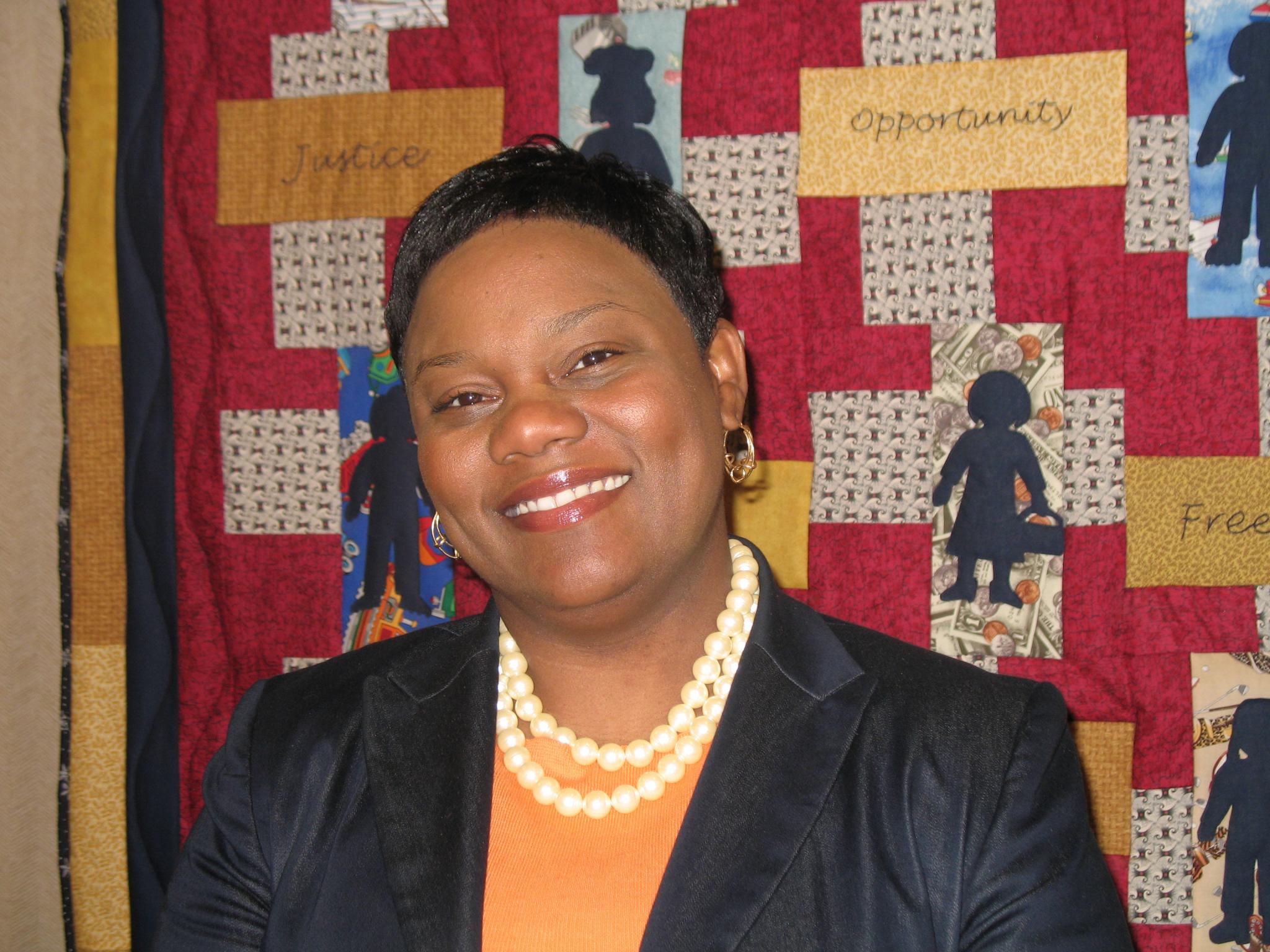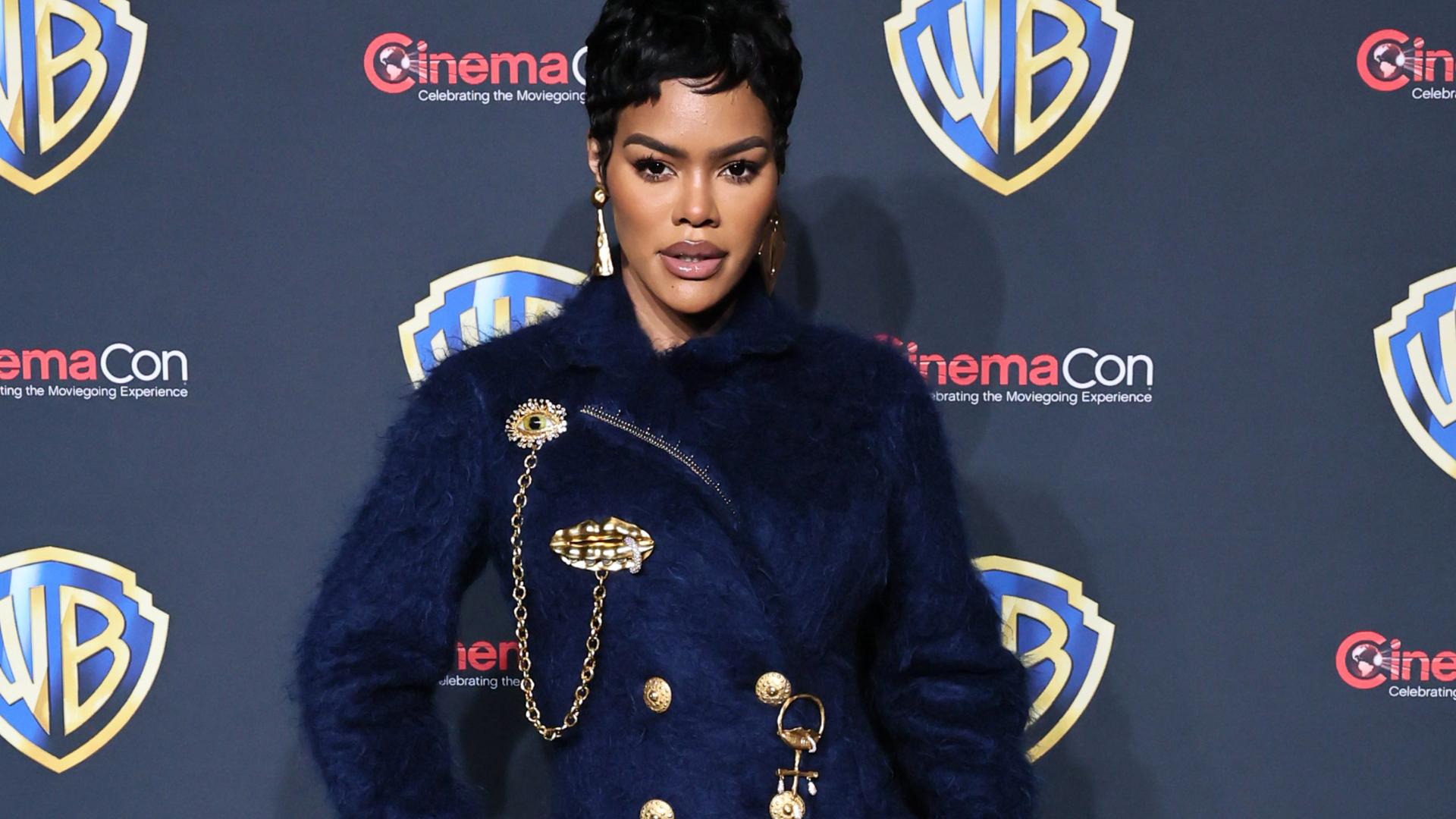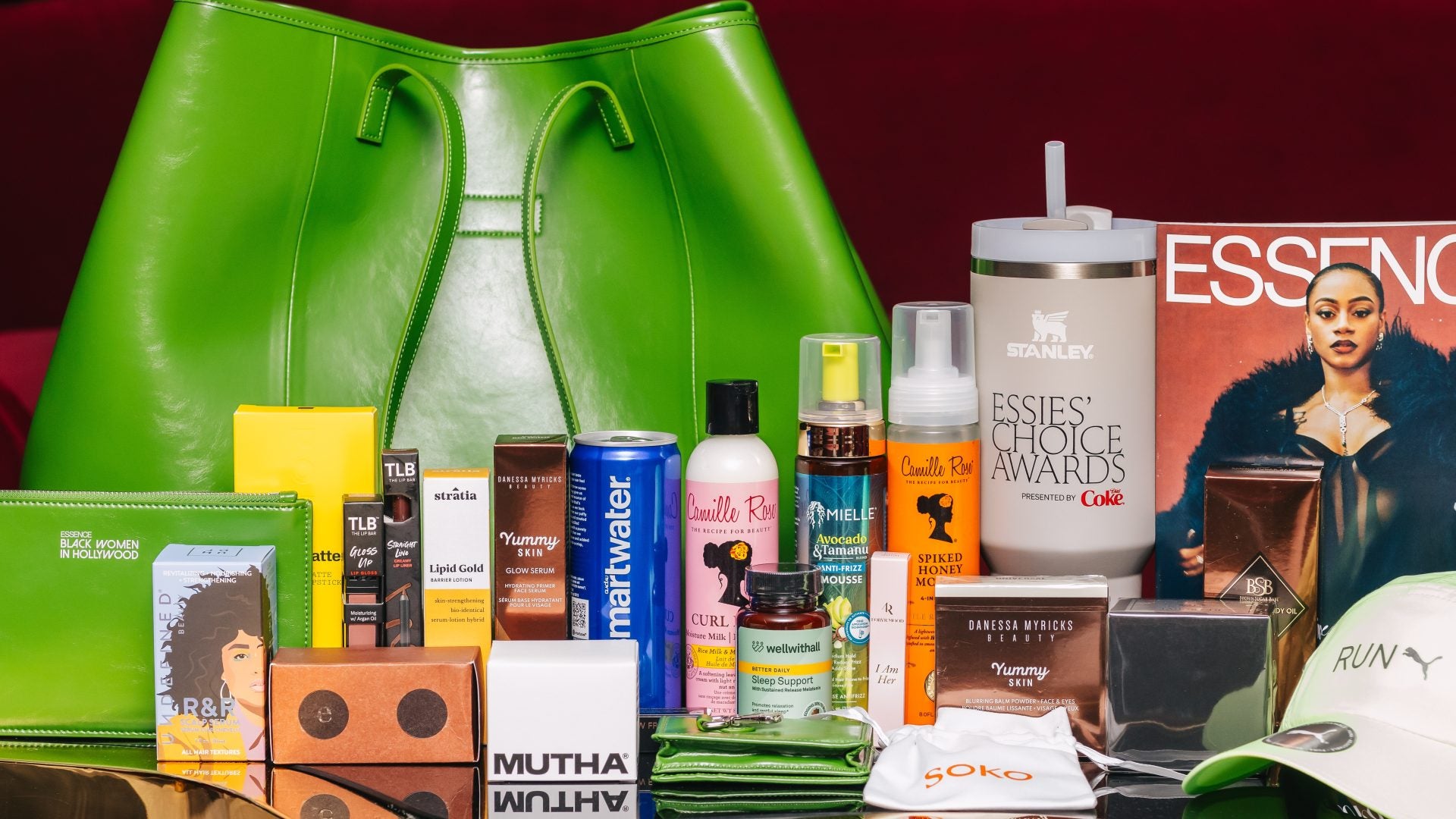
Here in St. Louis, because of a series of tragic events, we are getting a chance to reinforce the need for organizations like the YWCA. The mission of the YWCA is to eliminate racism and empower women. In Ferguson and the metropolitan St. Louis area, there are committed people looking for social, systemic and institutional change.
We have been asked, “Where is the leadership in St. Louis”? Our response: “It is everywhere, in places and spaces where some may not be used to seeing it.” The young people in the community are among the leaders! You have seen the news coverage that characterizes the daytime protests as mainly peaceful and the after-dark protests as violent. This issue has touched the lives of people throughout the community, country, and world and within various “pockets” of people.
I know, because I was at ground zero day after day and night after night. My interaction late at night has been pleasant; the protesters have been helpful, respectful and generous. Their mothers should be proud.
In the last transformative movement a select number of leaders were highlighted, and justifiably so; but others were left out of the chronicle, leaders like Dorothy Height, Frankie Freeman and Margaret Bush Wilson. So it should come as no surprise that there are leaders working in Ferguson effectively but unheralded. In addition to the young leaders, there are leaders who have the benefit of experience and history.
The success of the protest includes women leaders like Rev. Traci Blackmon, Rabbi Susan Talve, Kira Van Neil, Traci Berryman McGhee, Cassandra Gould, Charli Cooksey, Reena Hajat, Rebecca Wiedeker and others. These leaders are of mixed races and intergenerational. The success of the protest in some way is indicative of the diversity of its leaders: people of all races, genders, ages, and backgrounds.
During the day there is a difference in press coverage but also in the protestors. There are more people age 30 and above. This includes, but not limited to, the social activists from the civil rights movement, clergy, and average citizens seeking justice. The daytime protests have included singing, particularly when Jesse Jackson came to town. The songs of the 60’s were remembered and sung. The police were present but in a “serve and protect” manner. They were lined up on the street, maintaining good traffic flow. There was no gas or dogs or tanks. However, in the evening, the tone changed. The demographics of the people protesting also changed. They were young mostly, but not exclusively African American. Not all of the daytime protesters left and some older leaders in particular stayed at night. I call them the ‘bridge builders”. Old enough to remember the struggles of the 60s, although not old enough to have participated, they still had some activist experiences. They understood that they were not part of the younger generation but they wanted to help the youth with non-violent protesting and support their voice for change and action. They also understood that their role is to support, and lead from behind, to be advisors in non-protesting strategies yet allow the younger people to feel the power and responsibility of leadership.
Also in the evening there is a group called the “Peacekeepers.” They have been talking to the young protestors and providing rational guidance on why this is happening and the next plan of action. They are doing amazing work. Just as the vibe of the protesters changes with the oncoming darkness, so does the tone of the police. I have spoken with the police officers during the day and in the evening, again, two different conversations. The daytime conversations included words of caring and caution: “Are you all right?” The evening conversations included words of consequence: “You will be dealt with.” It was clear that for both the police and protestors, words of violence begat violence and words of peace begat peace. For example, the night of the curfew one of the agitators was encouraging people to stay, to fight against the police. Mr. Shabazz, an attorney, came through and told them to go home, that we could come back the next day. He calmed the crowd that the agitator was working so hard to get hyped up to stay and fight over 200 armed, practiced police officers
Indeed, there are multiple conversations happening at the same time. There are conversations between young and old; middle class and working poor; white, black, and people of color; the artists and the higher education scholars, and across religious dominations. What is clear is everyone wants the violence of racial profiling to end. We have a history of violence evoked because of race in this area in the not too distant past. In Kirkwood, Missouri, another suburb of St. Louis, a black man who felt he had been racially targeted for years took his frustration out in a fatal mass shooting during a City Council meeting in 2008. Despite the horror, good actions have come from that tragic event as many in Kirkwood began a healing dialogue.
We have seen change occur after tragedy, which validates the hopefulness of positive change happening after this tragedy. Michael Brown’s death has sparked increased conversations about race. We have an opportunity to address racism in our community, our justice department, our healthcare, our employment opportunity and in our schools. My organization, the YWCA, has been doing this work for more than a hundred years.
The YWCA offers programming targeted towards racial healing. In St. Louis, our Witnessing Whiteness group targeted to people who identify as white helps them gain an understanding of institutionalized racism, white privilege and how to become an ally. Several of the people that have participated in this program are participating in the daytime and evening protests, including a group from Kirkwood. Witnessing Whiteness is about creating change agents in the community.
The other group I lead is targeted toward people of color or people from the global majority and it’s called Mosaic. Mosaic’s goal is to assist in the healing process of internalized racism. Both Witnessing Whiteness and Mosaic are needed and necessary now more than ever. We have an opportunity to learn and grow from this tragedy.
Not only will those of us working to end racial disparity in St. Louis need to remain active, we will need everyone throughout the country to work for racial justice and equity. We already have seen collaboration between seemingly disparate groups. Some are expressing their views through art, conversation, and philanthropy. The “Feed Ferguson” movement began in Raleigh, North Carolina and resulted in children kept out of school by the violence still being able to receive school lunches. All of the groups here are working toward a common goal, ending violence and racism. Like Ida B. Wells created the anti lynching laws…here’s our moment to end racial profiling. As a national organization, the YWCA is urging Congress to pass the End Racial Profiling Act of 2013. I urge you to lobby your elected representatives to do the same.
Missouri is the “Show Me” state. We have started the conversation and sowed the seeds of change in Ferguson and we want this tragedy to never happen again. Rest assured, that will take all of us, working together. I am confident just as we have shown you from Missouri, the rest of the nation can show us how they are accomplishing this goal. We as a country are better than systematically treating some citizens differently than others. Equity and humanity is what we all want as citizens. Let’s “show” the world how we changed for the better. This will not occur with silence or colorblindness; let us continue to move forward with determination and wisdom. If you are unsure of your path, merely ask yourself “How can I help this movement and what more can I do toward justice and peace?” It is that simple. Peace.







